Comparo: 2017 Dodge Challenger SRT vs Ford Mustang GT vs Chevrolet Camaro SS
The last time we did a muscle-car comparo back in 2011, the Mustang still had the suspension of a bullock cart, the Camaro was a heavy tank with slit windows, and the Challenger was the size of the Titanic. Fast-forward to 2017, and the Mustang has now become a refined tea-sipping aristocrat; the Camaro is a lighter, smaller car with even slittier windows; and the Challenger is still the size of the Titanic, except with better everything under the skin. Time for another comparo then. Which is the best muscle car available today?
But first, a word on the contenders. Updated in 2015, the 2017 Dodge Challenger SRT 392 you see here is fully loaded, with wider tyres, adaptive suspension and more, none of which you get with cheaper Scat Pack version. Completely redesigned in 2015, this 2017 Ford Mustang GT is a California Special, so it gains an external appearance package, but not much else extra over the regular GT. Both are press cars. However, the redesigned-in-2016 Chevrolet Camaro SS was not made available to us, so we rented one. We lucked out too, as it’s fully loaded with adaptive suspension, leather and all that, and is thankfully in perfect shape. Our exclusive muscle-car comparo wouldn’t have been complete without it.
All three are the epitome of traditional muscle cars, with naturally-aspirated V8 motors and rear-wheel-drive. No superchargers, turbos, V6s or all-wheel-drive to be found here.
Head-Turning Quotient
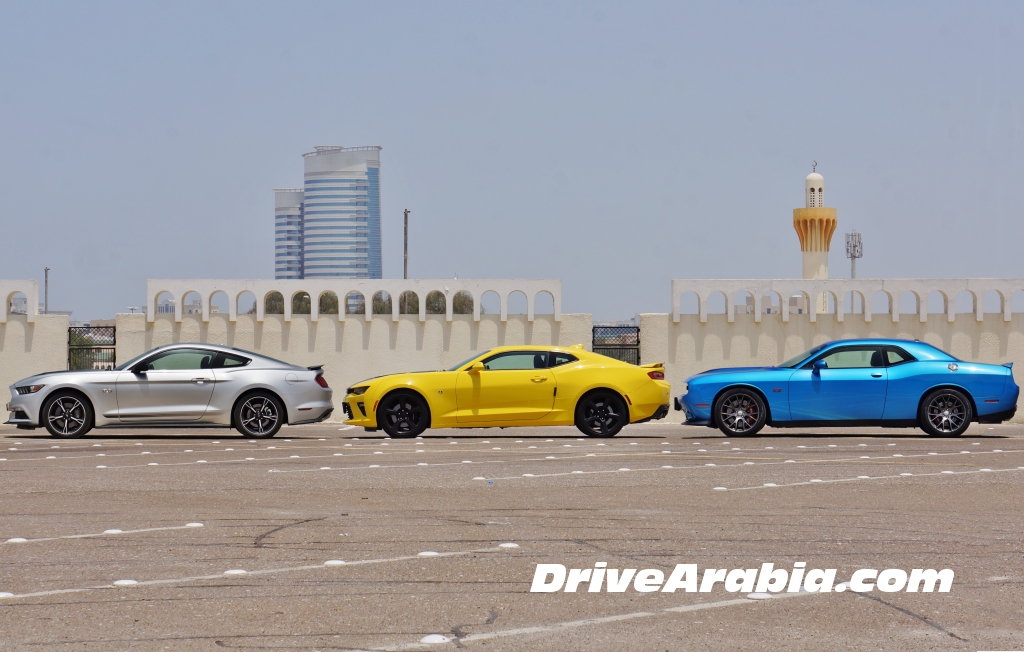
There’s no point discussing which car looks the best. All three cars look good. We disliked the new Mustang before, but the modern styling has grown on us. The new Camaro balances the whole retro-futuristic look the best. And the big bad Challenger remains the most classic-looking muscle-car of the trio. It’s down to personal preference here.
Room & Board
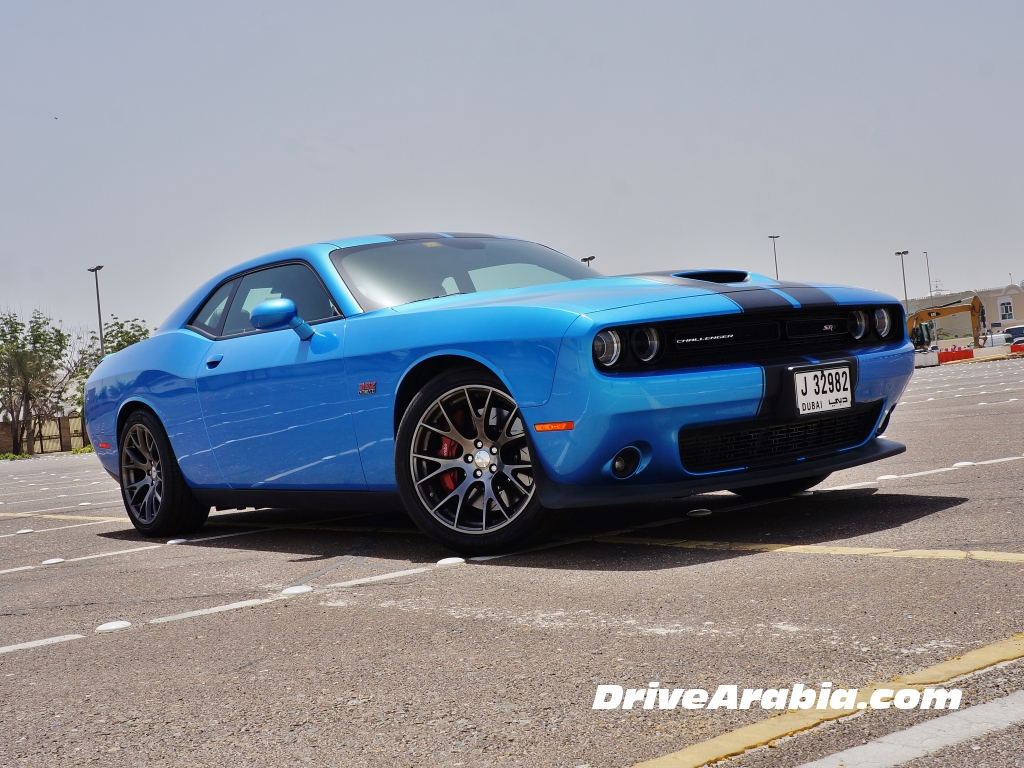
1st: Dodge Challenger SRT 392
The Challenger SRT hands down has the most practical interior here. The front seats are sofa-like, but with huge bolsters. With a wheelbase only 100mm less than the Charger, there is enough space in the back for adults, even if a bit cramped. And the boot is massive (at 459 litres). Cabin materials were upgraded in 2015, and therefore it feels very premium in there now, with generous use of soft-touch surfaces.
2nd: Ford Mustang GT CS
The Mustang has the second-most spacious interior. The front is great, with lots of headroom and nice bucket seats, but the rear can fit regular adults only if the front passengers move their seats way forward. The boot is surprisingly long and decently-sized (at 382 litres), but the opening is small. And the dashboard is soft-touch up top with a chunk of aluminium along the face, but you only get soft-touch door panels if you pay extra for the “premium” pack (like in our 2015 test car). Our test car didn’t have it, so there was more hard plastics than we would’ve liked.
3rd: Chevrolet Camaro SS
The new Camaro is smaller than before, hence its rear legroom is cut down to almost nothing. The front seats are racy, but you sit very low in the car with the roof close to your head. The boot as well as its opening are the smallest of the trio by far (at 257 litres). And there’s a lot of hard plastics, but with strategic bits of padding on parts of the dash and window sills. The cabin styling is the most futuristic of the three, with fancier mood lighting than the other two.
Tech Talk
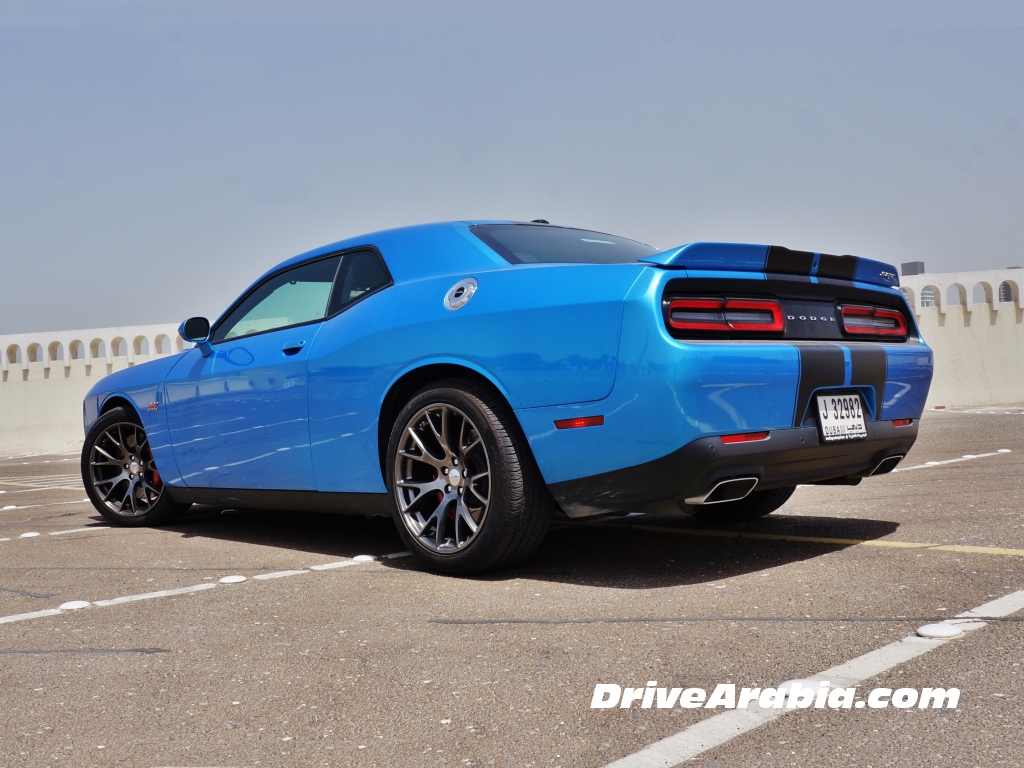
1st: Dodge Challenger SRT 392
Chrysler’s long-running UConnect 8.4-inch multimedia touchscreen system is the oldest here, but not outdated with any means as it has been updated for 2017. The latest one offers up Apply Carplay (and Android Auto when the app will eventually be offered here), as well as all the usual nav, stereo, voice control, Bluetooth and climate-control functionality. It’s intuitive to use, looks good, swipes and pinch-zooms, although the capacitive screen requires a harder press than most to make a selection. The Challenger also has a large highly-customisable full-colour screen between the actual gauges in the instrument cluster.
2nd: Chevrolet Camaro SS
Chevrolet’s MyLink 8-inch touchscreen loses points for being slightly smaller, oddly angled, and placed lower in the centre-stack, but does everything the Challenger’s screen does, save for the aforementioned virtual performance gauges. The Camaro also has a full-colour screen between the actual gauges that can show a whole host of performance stats, among other things.
3rd: Ford Mustang GT CS
Ford finally upgrades its 8-inch touchscreen to SYNC3, and it is much easier to use than before, does everything the Chevy’s system does, and is quite possibly the most responsive of the trio when it comes to swiping and zooming. However, the Mustang is saddled with a relatively tiny screen between the gauges, with dull graphics that didn’t get updated alongside SYNC3.
Angry Acceleration
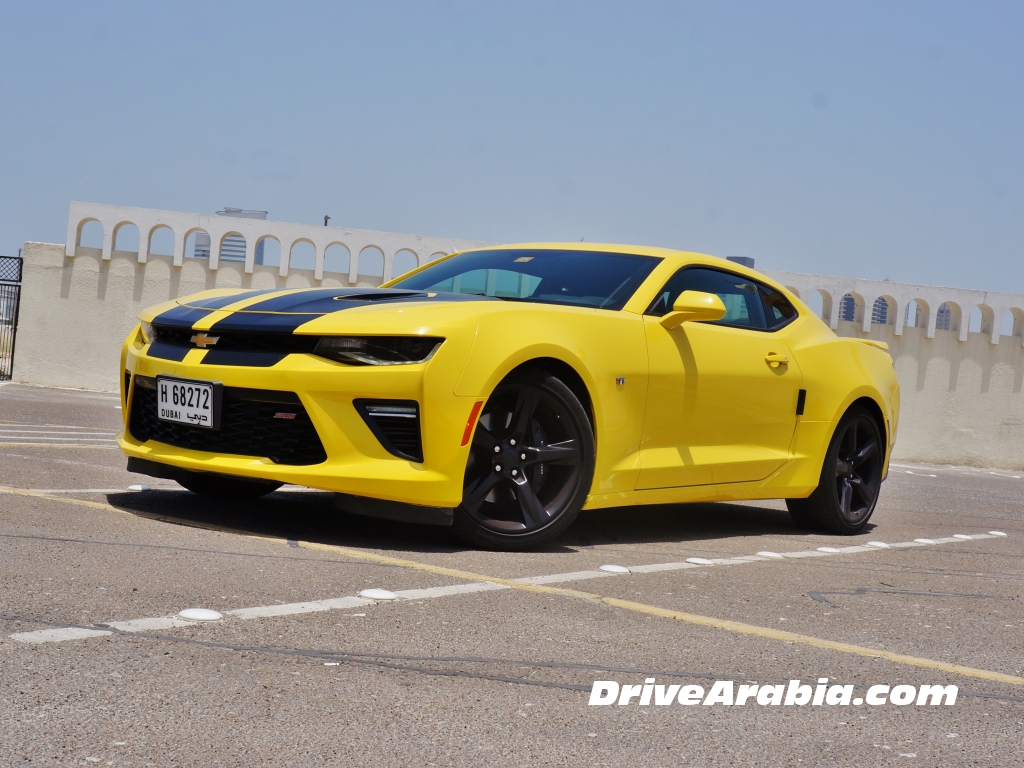
1st: Chevrolet Camaro SS
We got the quickest 0-100 kph time with the 455 hp Camaro SS, at 5.0 seconds with launch control. The ESP modulates wheelspin as it feeds the juice gradually before powering away, unlike the SRT. Mated to an 8-speed auto, the Camaro has strong torque and short gearing, but the SRT dials it up further.
2nd: Dodge Challenger SRT 392
Like the other two, the 485 hp Challenger SRT also has a launch control system, but it is rudimentary in that you have to set your own rpm to launch at. We set it at a measly 2500 rpm and it has so much torque, helped by the 8-speed auto’s short gearing) that it did a loud burnout for the next 2 seconds as it took off. We still managed an impressive time of 5.1 seconds, but we believe it has the potential to be quicker than the Camaro, given enough practice.
3rd: Ford Mustang GT CS
The GCC-spec 421 hp Mustang GT has the least power here, and it shows. The Mustang only has a 6-speed automatic, so it doesn’t kick as hard as the other two on its way to a 0-100 kph time of 5.4 seconds, even as both the others are heavier cars. On the street, it needs to be revved harder to get to the meat as it’s shorter on torque. You’ll need the optional higher-ratio diff to keep up with the other two, although it’s not offered here as far as we know.
Handle With Care
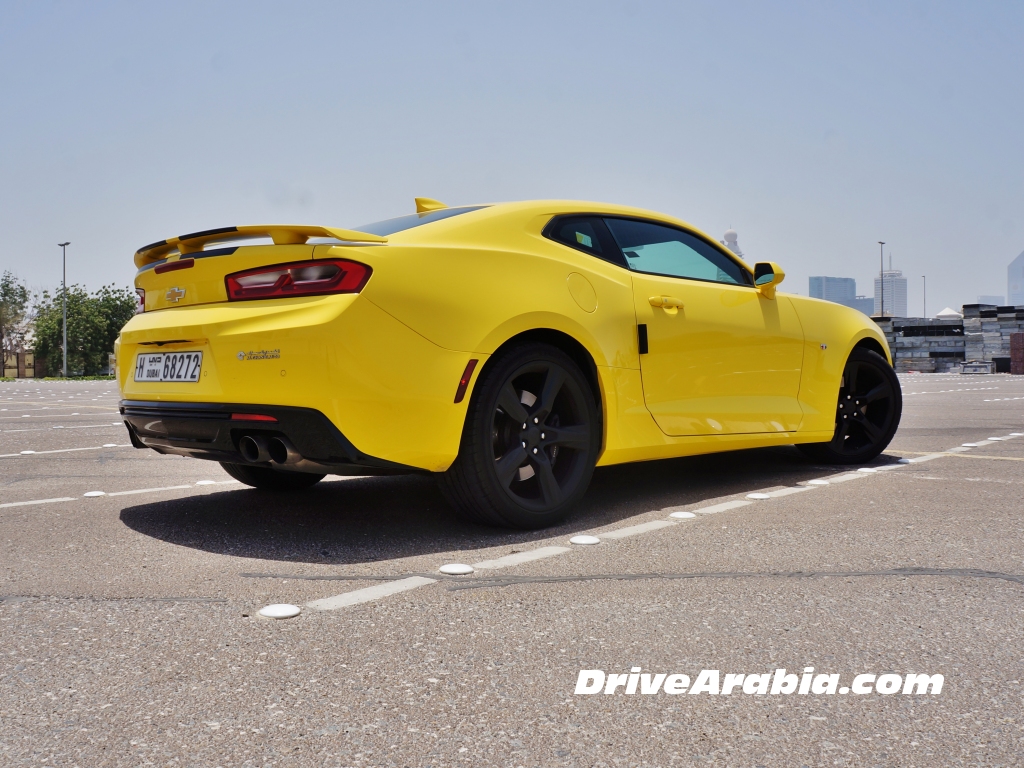
1st: Chevrolet Camaro SS
Absolutely brilliant. Switching from the ancient Chevy Lumina-based platform to a Cadillac ATS-based one has transformed (lol) the Camaro into a proper sports car. Magnetic adaptive suspension is standard on the SS. It has tons of grip from the 245/45-20 and 275/35-20 front-rear tyre combo, yet it rotates when braking into corners or swinging through S-curves, with no hint of understeer and no obvious body roll. The controls are sharp, with well-weighted steering and decent feedback. And the brakes are strong.
2nd: Dodge Challenger SRT 392
The Challenger was a surprise, because it behaves so much better than the ones we drove in 2010 and 2014. The adaptive suspension has been updated, the front brakes are upgraded and the tyres have been made much wider, so cornering even on tight turns feels flat, with almost hot-hatch levels of grip from the 275/35-20 rubbers all-round. The car can even be swung around corners if you pay attention to the weight-shifting. The controls feel almost as good as those on the Camaro, and the only reason it’d fall behind on a track is that its old-school weight would come into play in some cases, but you’ll be having tons of fun on the way.
3rd: Ford Mustang GT CS
The Mustang was a big deal when the redesign hit the market a couple of years ago, complete with independent suspension and improved handling in all conditions. The thing is, the cars we get here are the “regular” versions with the daily-driver suspension and 255/40-19 tyres front and back. The American market gets a suspension/tyres/brakes Performance Package for better handling, but it’s only reserved for the manual version. Because as good as the Mustang GT is in terms of handling, it feels more grand-tourer than sports car near the limit due to its relatively-softer body control, and we suspect the aforementioned Pack will make a sizeable difference. And no matter what, you cannot get adaptive suspension with the Mustang at all, at least until the revised 2018 model comes around.
Cushy Comfort
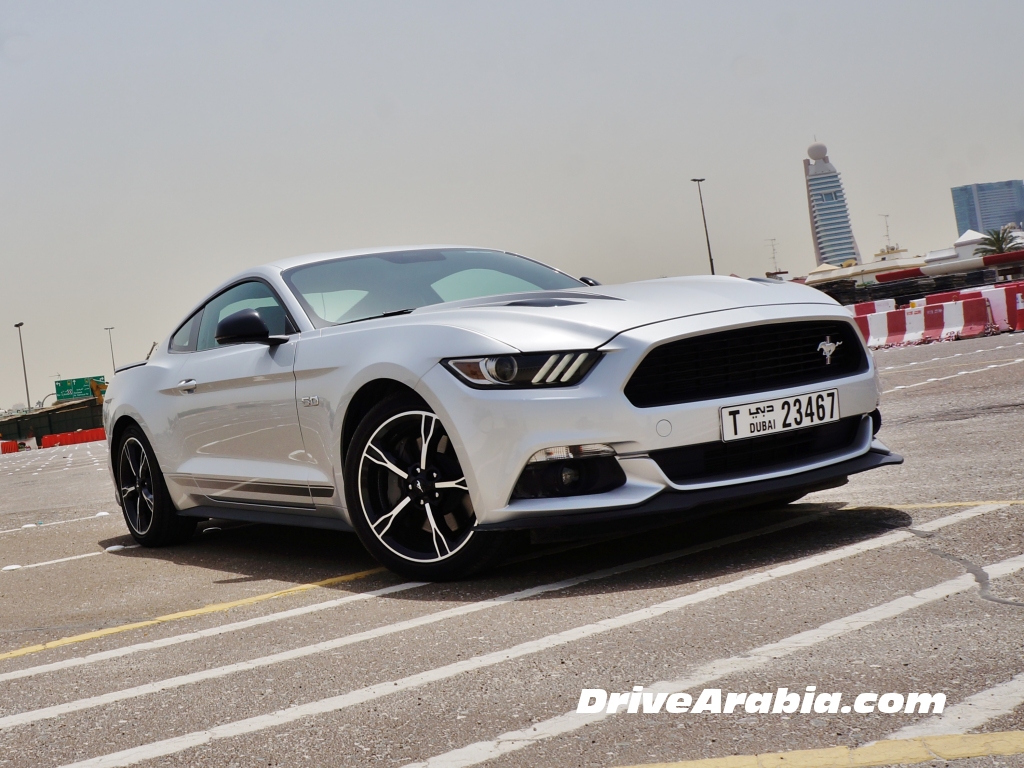
1st: Ford Mustang GT CS
The Mustang is clearly tuned for comfort, as the car is very smooth over bumps, even very mildly floaty over some sharper undulations. All-round visibility is the best here, as good as it gets for a coupe. It is also a bit quieter than the other two. Even the engine growl is a bit more docile.
2nd: Dodge Challenger SRT 392
The Challenger roars the loudest here, most reminiscent of the hairy-chested motors of the 1960s. The adaptive suspension smoothens out bumps better than the Camaro, but it’s still slightly stiffer than the Mustang. All-round visibility suffers due to the long dash and the thick C-pillars.
3rd: Chevrolet Camaro SS
Aside from the meaty engine note, the Camaro allows the most cabin noise in. The ride is only slightly stiffer than the other two, so it is still a perfectly good daily driver. However, the narrow windows and thick all-round pillars hinder outward visibility, although we got used to estimating the general dimensions of the car and depended on the rear camera for parking (much like the other two).
Fuel For Thought
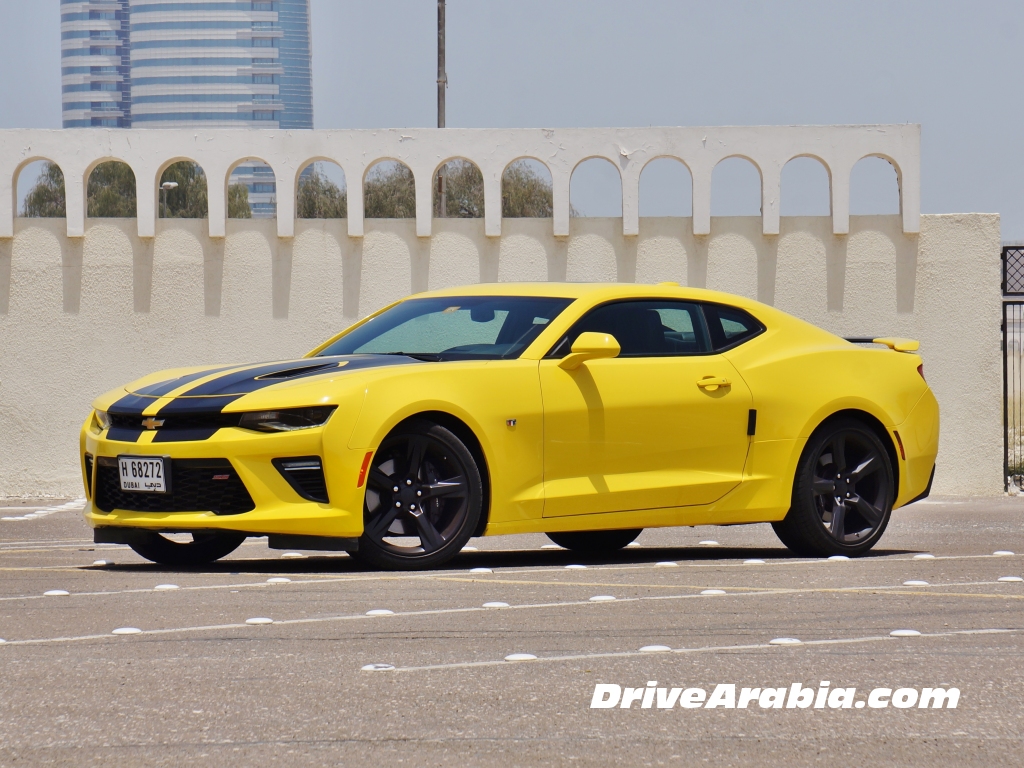
1st: Chevrolet Camaro SS
The Camaro’s 6.2-litre V8 netted us the lowest real-world fuel consumption at 15.5 litres/100 km, with the help of cylinder deactivation tech and the 8-speed gearbox.
2nd: Ford Mustang GT CS
The Mustang GT’s 5.0-litre V8 was good for 16.8 litres/100 km, not benefitting from only having a 6-speed automatic, and there’s no other fancy fuel-saving gimmickry.
3rd: Dodge Challenger SRT 392
The Challenger SRT’s 6.4-litre V8 actually does get all of the Camaro’s tricks with the 8-speed and the cylinder-deactivation, but it still only managed 18.3 litres/100 km. Switching to “Eco” mode all the time brings it down to the Mustang’s consumption levels.
Value For Money
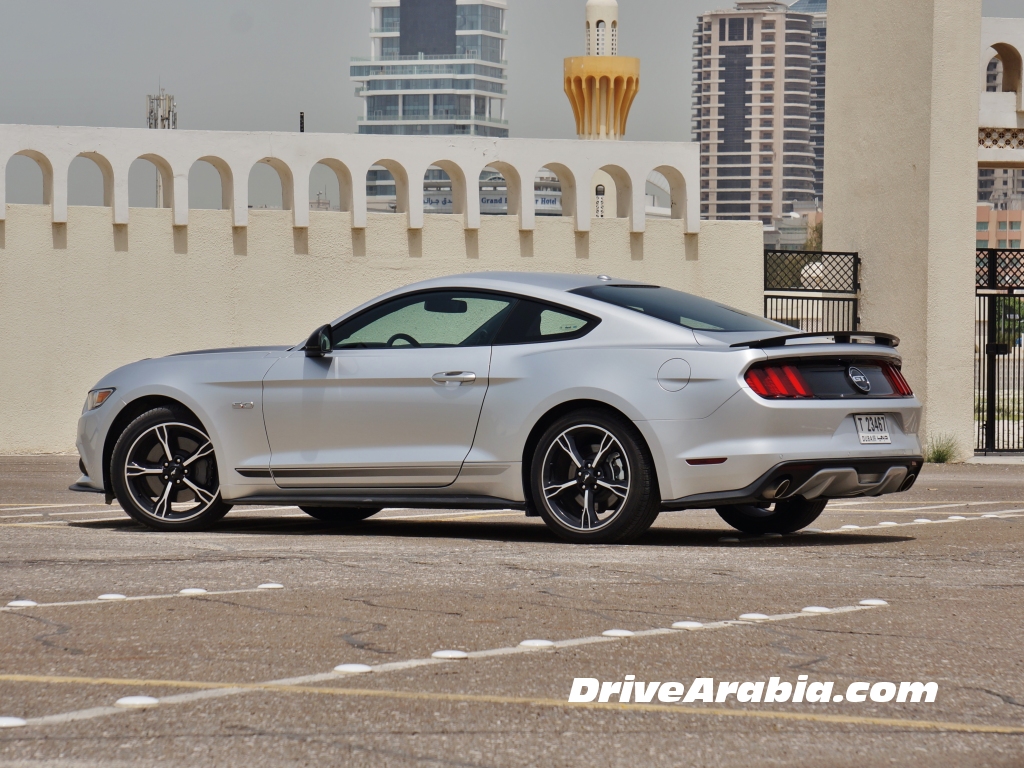
1st: Ford Mustang GT CS
The Mustang GT is a great grand tourer, but we’d go for the Premium version rather than the CS. That brings up the list price to within striking distance of the Camaro SS, although the dealer is known to give you instant “discounts” when you walk in.
2nd: Chevrolet Camaro SS
The Camaro SS is very expensive nowadays, but it comes packed with so many high-end goodies that it’s not hard to see why the price has jumped. If only there were a bit less hard plastics in the cabin, it could’ve been a legitimate BMW 340i rival, albeit without the practicality. There are surely generous deals going on, given the current economic climate.
3rd: Dodge Challenger SRT 392
The Challenger SRT 392 offers you the most metal for your money as well as the most premium experience when you’re sitting in it clutching that thick-rimmed leather steering wheel. It’s also the most expensive on paper, but there are good deals to be had from time to time since the car has been around for so long. However, for a car so big already, you might be tempted to get the more-practical Charger SRT instead for slightly less. There is also a cheaper Scat Pack model with thinner tyres and no adaptive suspension.
How To Pick The Winner
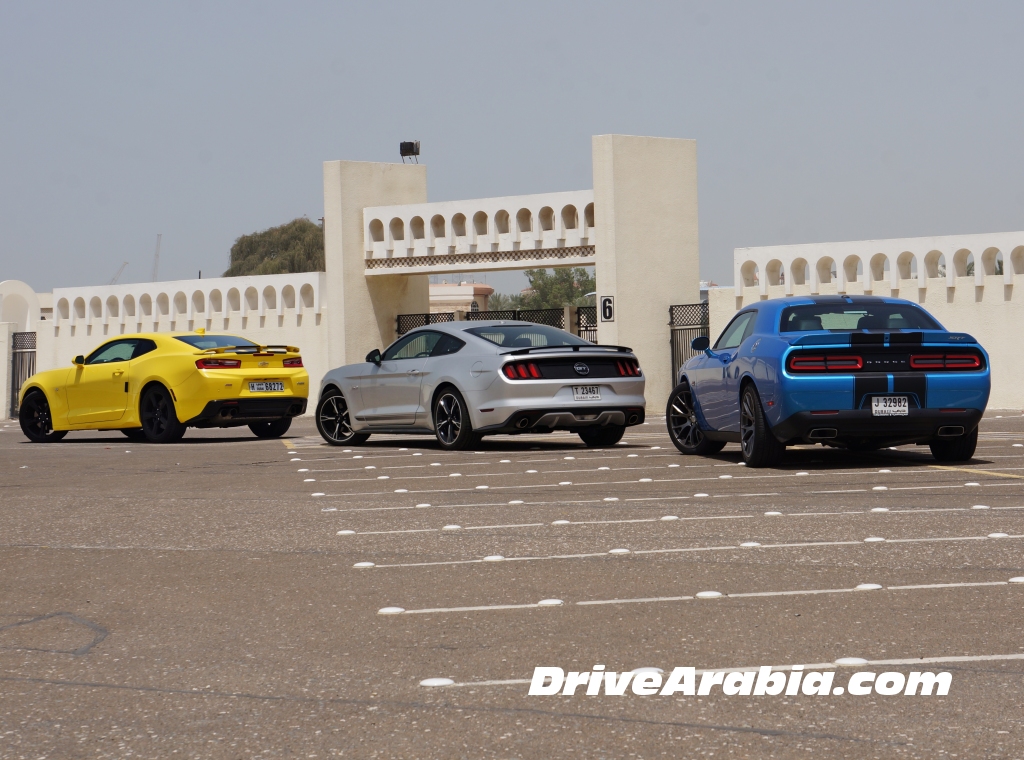
We hate to say this, but this is a tough one. While the Mustang GT is the least impressive car here, it is perfect for our daily-driver needs, with just enough space and just the right size to be a practical grand tourer around town. However, for pure performance, the Camaro is hands-down the best one in this trio. It is immensely satisfying to drive quickly and is a fully-sorted sports car. Ah, but you see, this is a muscle car comparo. And there is nothing more old-school muscle than the Challenger SRT 392. Sure it’s now got all sorts of tech to usher it into the modern age, and it barely fits in some parking spaces, but when it comes to angry roars and instant burnouts (even without you trying to), the Mopar is king.
Best Daily-Driver: Ford Mustang GT
Best Sports Car: Chevrolet Camaro SS
Best Muscle Car: Dodge Challenger SRT 392
Pick your own favourite.
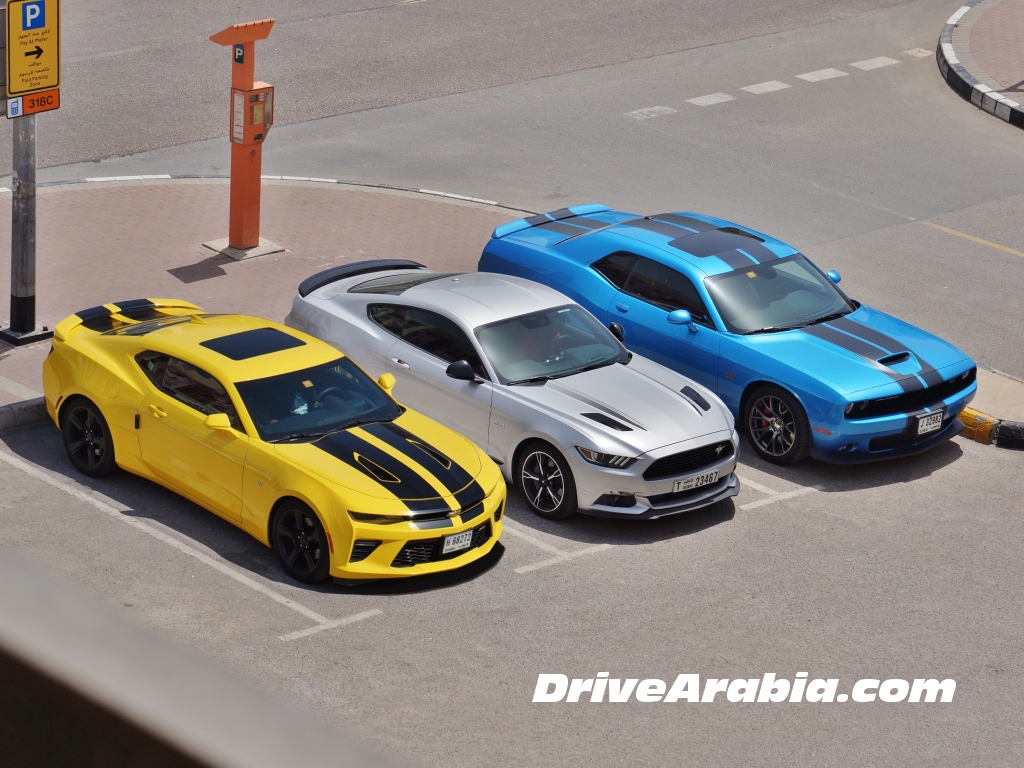
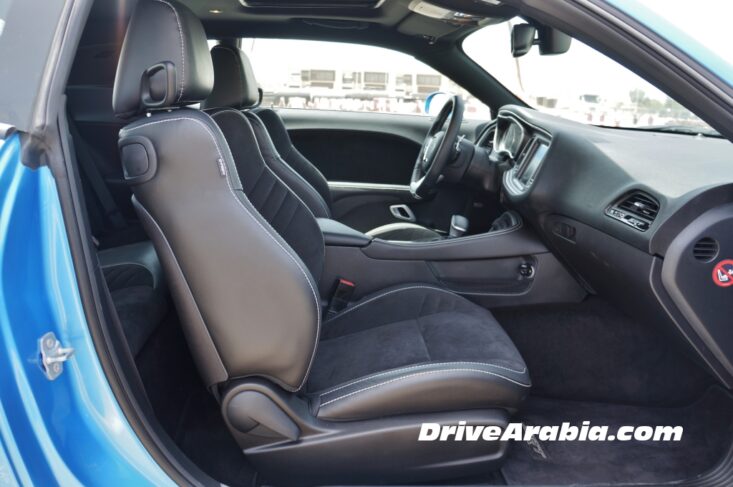
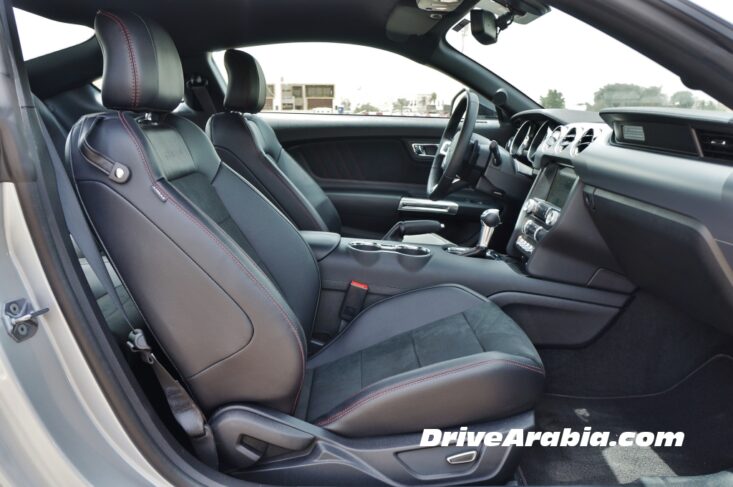
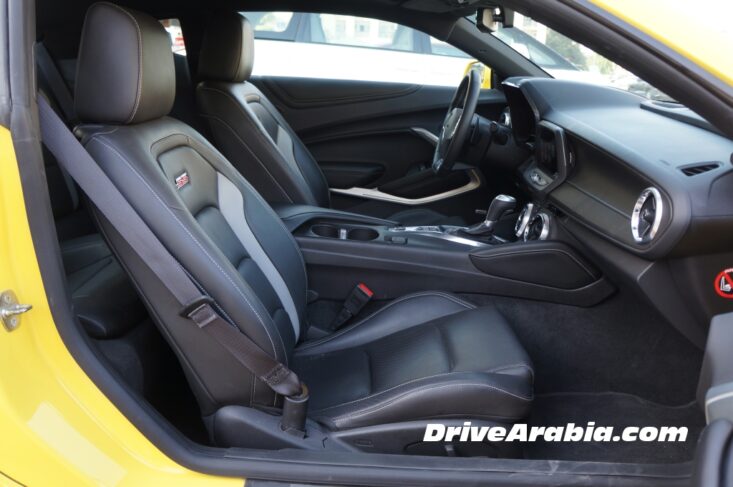
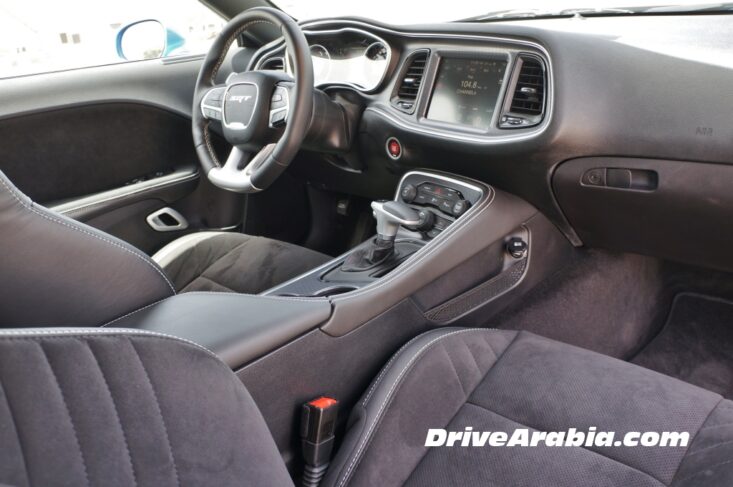
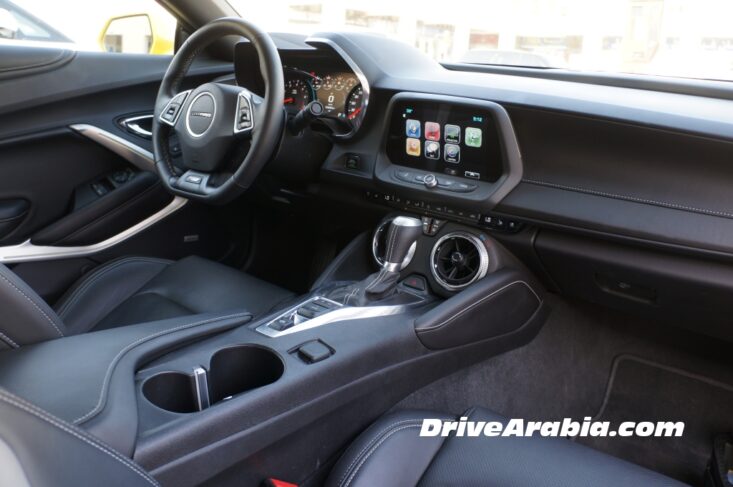
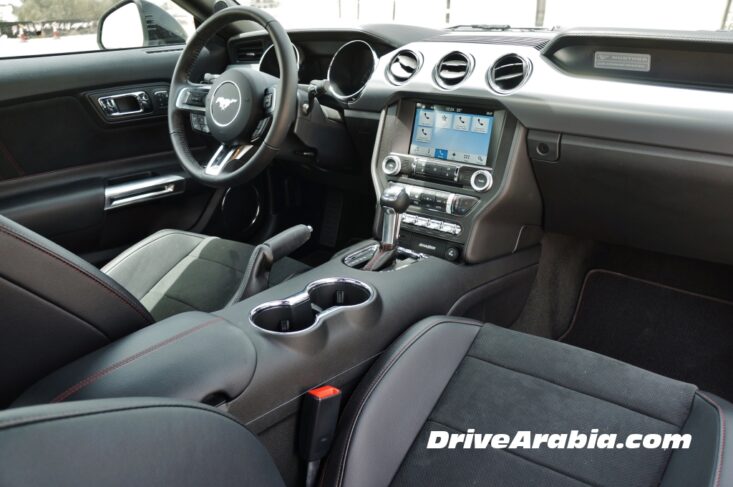



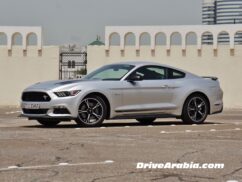
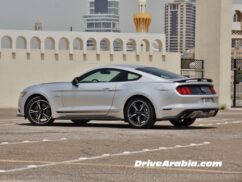
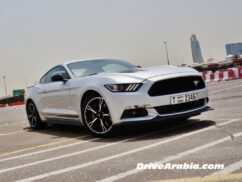
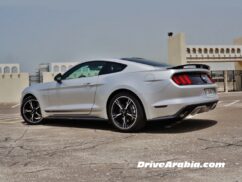
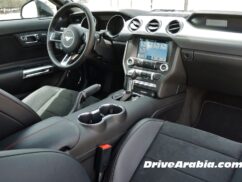
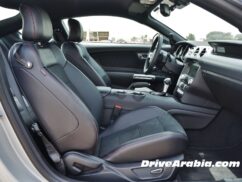
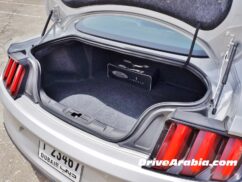
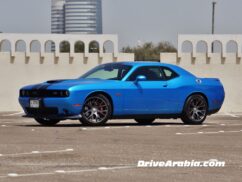
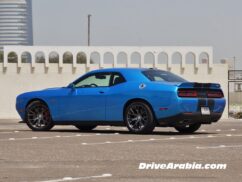
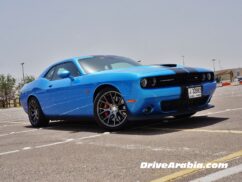
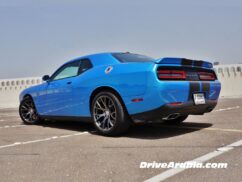
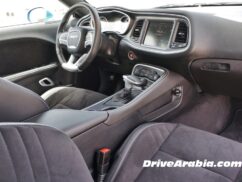
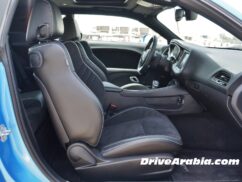
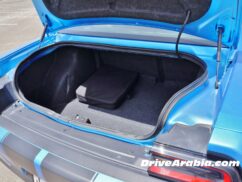
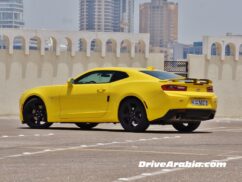
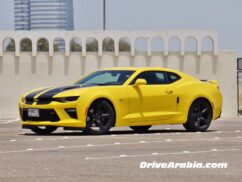
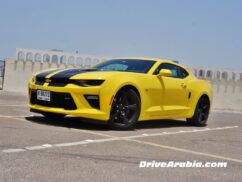
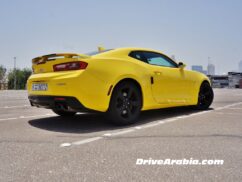
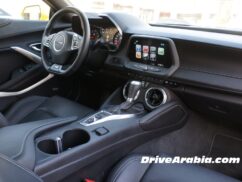
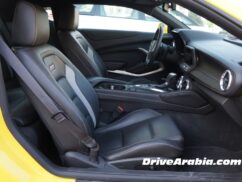
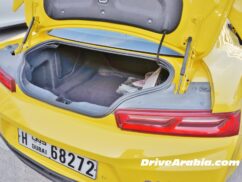
Comments
Franco Martin
I’ll go for the Challenger, SRT or Regular.
Nithin.N.K
Challenger
Sam
Amazing review.. keep it up guys.
But really most of the time these cars will be driven within cities or on highways where bends and curves are absent, here the low torque really matters and SRT 392 shines especially with instant throttle response and amazing stock exhaust combines with 8 speed
Orion
Brilliant comparo! Nailed it with the results.
Have been meaning to write to you ever since i read the Camaro story..seems like you heard me.
The sheer roar of the SRT engine in any body form (300C/Charger/Challenger or JGC) is music to most petrol heads ears and can scare the day light of anybody close and unsighted of it with that remote start. Would go for the SRT any given day and finally Mopar tops it up with some awesome kits.
Asem
I will go for Chevy Camaro, cuz proper sports car.
I don’t like driving boats on tarmac.
Imran Ahmed
As i m presently driving a Dodge Charger, it leaves me with no doubt that Dodge has upped its gane and provised for every customer. My pick surely would be the challenger, but given the practicality of uae roads and the need for a ful bacl seat pushed me towards Charger..
Never been disappointed since past 365 days.. hope it just gets better 🙂
Binu
Hi Imran,
Could you please comment on the A/C of Charger SRT?
(I’ve read that their A/C being not so effective in some other forums)
Apart from that how about the service; any major issues..
Charger SRT is a strong contender as our next car…
Thanks
marc
well written, but..
toyota camry any day over those wanna-be’s 🙂 🙂 🙂
samer
Good review, the only thing is Ford is updating the mustang for 2018 which will be available in 2 months only, the updates are substantial, the new tweeked engine will make 460 hp and will have torque jump to 420, according to Ford it will be quicker to 100 than Camaro, the updates include new 10 speed transmission, and updated interior materials and 12 inch full screen will be replacing the guages …. will wait and see how it drives
Penn
Ford products come here one year after US launch.
assassin
will go for 3 of them -2 years used- .
damn, with their sh*tty resale values, would probably find 3 used with brand new conditions and spend less than the cost of buying one brand new.
kannan
or lets say the only muscle car is the challenger
MORENO PLÁCIDO
Dodge Challenger SRT 392 is the best car
Abu Mohammad
in other words, all’s fine and you did not upset anyone…
good comparison though.. well done..
Big D
They made very clear why no clear winner. Result looks very fair to me. If seeing only as muscle car, he says Challenger is winner.
Alan
Nice post